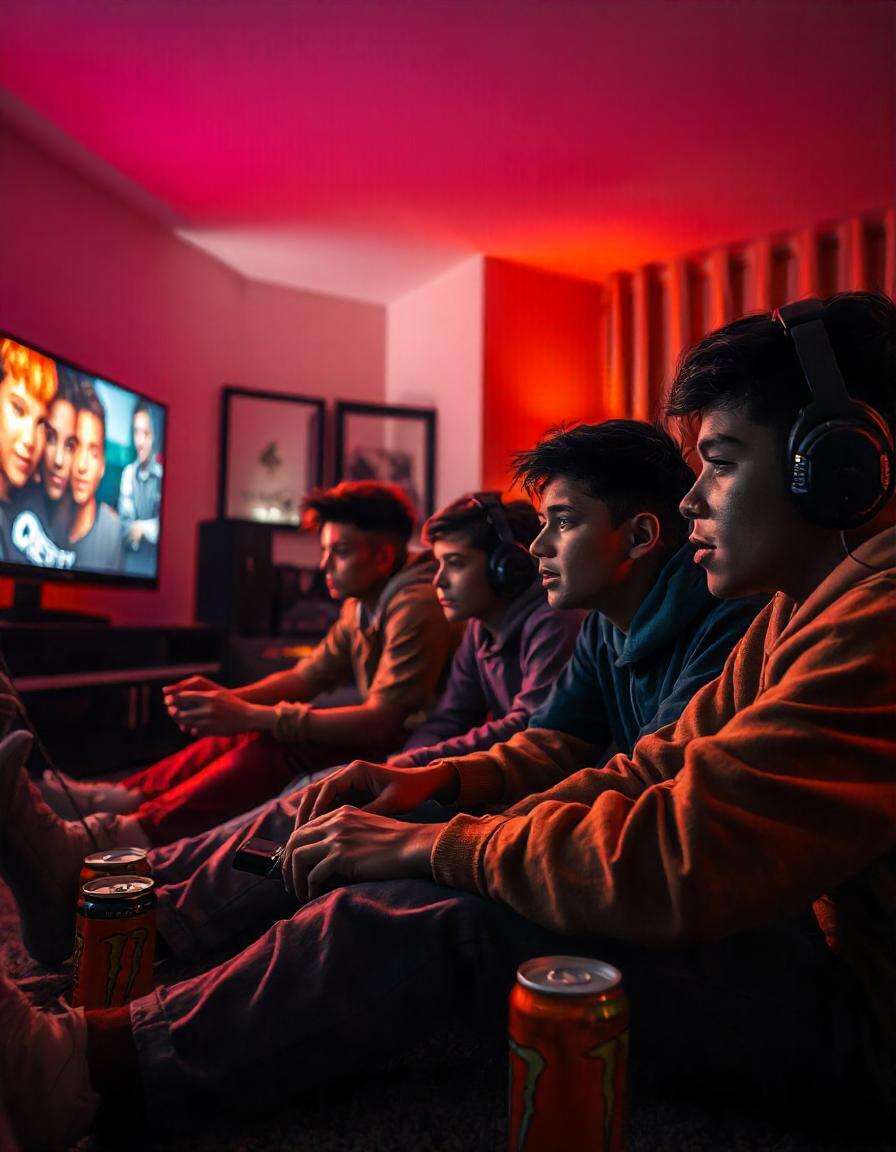The Booming Indian Gaming Market: Trends, Challenges, and Opportunities
The Indian gaming market has witnessed an unprecedented surge in recent years, evolving into one of the fastest-growing gaming industries globally. Fueled by a young population, increasing smartphone penetration, affordable data rates, and growing investor interest, India has become a hotbed for gaming innovation. With an estimated worth of over $3 billion and projected growth to surpass $5 billion by 2025, India’s gaming sector is on an upward trajectory. This blog explores the trends, challenges, and opportunities shaping the Indian gaming landscape.
The Rise of Mobile Gaming in India
One of the primary drivers of the Indian gaming market is mobile gaming. The proliferation of affordable smartphones and low-cost internet has made mobile gaming accessible to millions. According to reports, India has over 500 million smartphone users, with gaming apps accounting for a significant share of mobile downloads. Games like PUBG Mobile (before its ban), Free Fire, Call of Duty Mobile, and BGMI (Battlegrounds Mobile India) have captivated Indian gamers, creating a massive esports ecosystem.
Casual and hyper-casual games also contribute significantly to the mobile gaming market. Titles like Ludo King, Candy Crush, and Subway Surfers enjoy widespread popularity across age groups. India’s preference for mobile gaming is further supported by cultural gaming trends such as online Ludo, Rummy, and Fantasy Sports, which have seen a meteoric rise in user engagement.
The Impact of Esports and Competitive Gaming
Esports has gained massive traction in India, with a growing number of professional players, teams, and tournaments. The rise of online streaming platforms like YouTube Gaming, Twitch, and Loco has given Indian esports players a platform to showcase their talent. Events like the BGMI Masters Series, Valorant Conquerors Championship, and Free Fire India Championship attract millions of viewers, rivaling traditional sports viewership in some cases.
Indian esports organizations such as Team SouL, GodLike Esports, and Velocity Gaming have risen to prominence, participating in global tournaments and securing sponsorships. The increasing prize pools and corporate investments in esports indicate a promising future for competitive gaming in India.
The Growth of Real Money Gaming (RMG) and Fantasy Sports
Real Money Gaming (RMG) has seen a surge in India, particularly in skill-based games like Rummy, Poker, and Fantasy Sports. Platforms such as Dream11, MPL (Mobile Premier League), and My11Circle have attracted millions of users, capitalizing on India’s passion for cricket and other sports. Fantasy sports, in particular, have seen exponential growth, with Dream11 becoming the first Indian gaming unicorn.
However, RMG faces regulatory scrutiny, with various state governments implementing bans or restrictions on online betting and real-money gaming. The central government is working on establishing a uniform framework to regulate the industry while ensuring consumer protection.
The Rise of Game Development in India
India is not just a consumer of global gaming content but is also emerging as a hub for game development. Indian gaming studios are making their mark with locally developed games catering to domestic and international audiences. Companies like Nazara Technologies, nCore Games, and JetSynthesys have developed popular titles that resonate with Indian gamers.
Government initiatives such as ‘Make in India’ and ‘Atmanirbhar Bharat’ (Self-Reliant India) have further encouraged game development, providing incentives for local developers. Indian game studios are leveraging emerging technologies like AI, VR, and blockchain gaming to create unique gaming experiences.
Challenges Facing the Indian Gaming Market
Despite its rapid growth, the Indian gaming market faces several challenges:
- Regulatory Uncertainty – The legal landscape for online gaming in India is complex, with different states having different regulations. The absence of a clear national framework leads to legal ambiguities for gaming companies.
- Monetization Struggles – While India has a large gamer base, monetization remains a challenge. Many users prefer free-to-play games, making in-app purchases and ad-based revenue models the primary sources of income.
- Esports Infrastructure – While esports is growing, India still lacks world-class training facilities and sponsorship opportunities for budding gamers.
- High Competition from Global Players – The Indian gaming market is dominated by global giants, making it difficult for homegrown companies to compete.
Future Opportunities in Indian Gaming
The future of gaming in India looks bright, with several key opportunities:
- Metaverse and Blockchain Gaming – With increasing interest in NFTs and play-to-earn games, blockchain-based gaming is expected to rise in India.
- Cloud Gaming – Cloud gaming services like NVIDIA GeForce Now and Xbox Cloud Gaming could revolutionize how Indians play games, removing hardware barriers.
- Government Support – With more clarity on regulations and potential tax benefits for game developers, India could become a global gaming powerhouse.
- Increased Localized Content – Developing culturally relevant games with Indian narratives and mythology (such as Raji: An Ancient Epic) can attract more domestic players.
Conclusion
The Indian gaming market is poised for exponential growth, fueled by mobile gaming, esports, RMG, and game development. While challenges remain, the opportunities far outweigh the hurdles. With the right regulatory support, technological advancements, and industry collaboration, India has the potential to become a global gaming leader in the coming years. The next decade promises to be an exciting era for the Indian gaming industry, unlocking new possibilities for gamers, developers, and investors alike.




